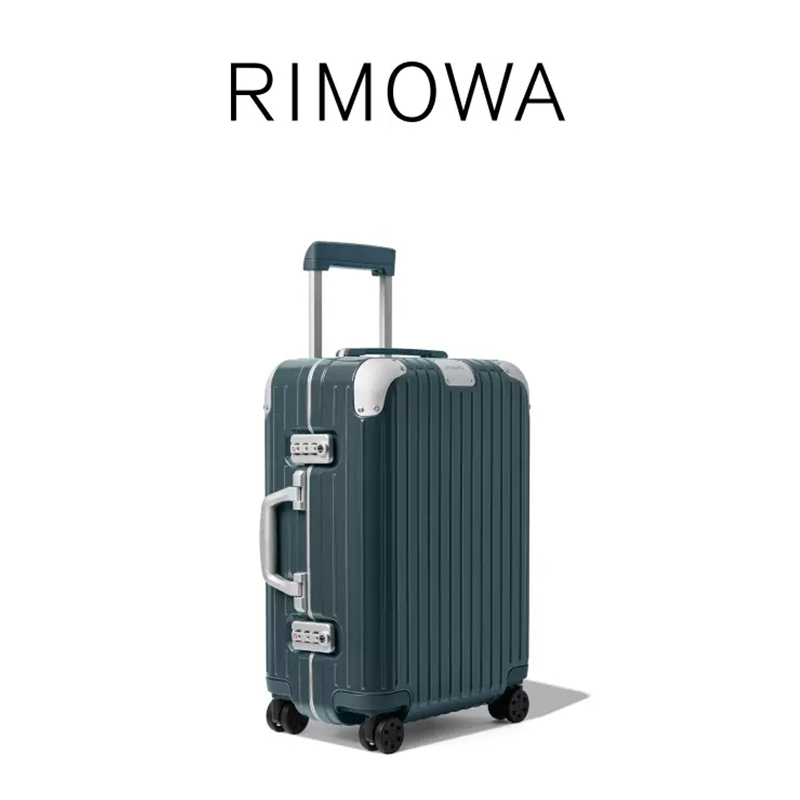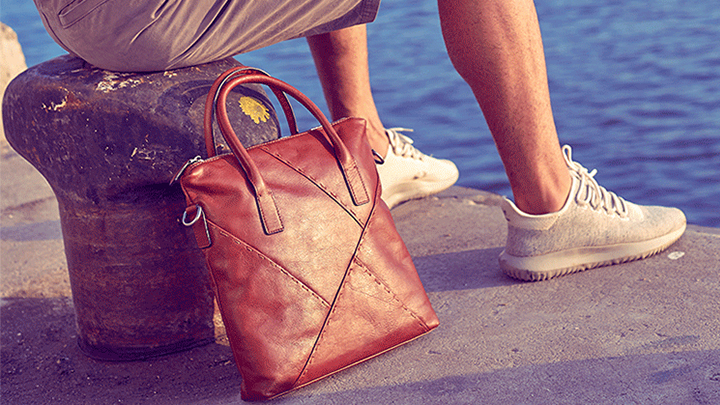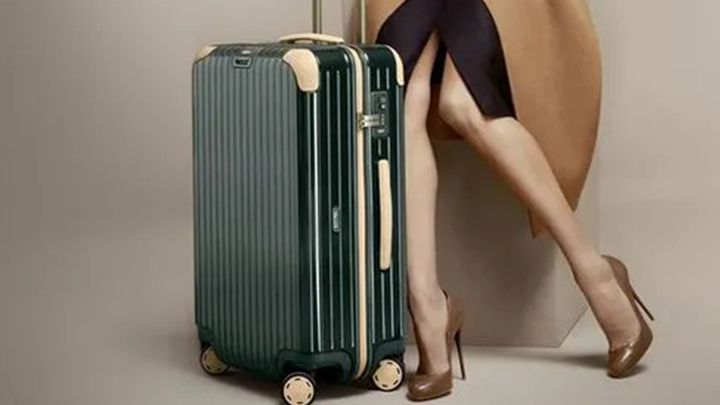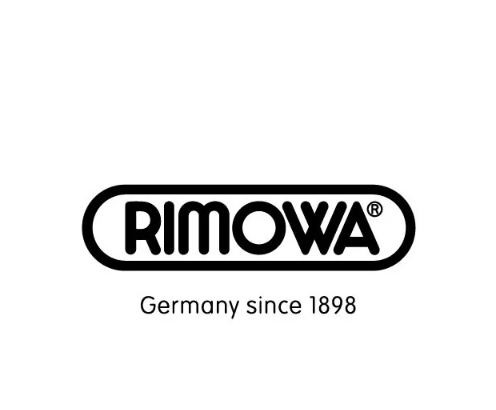How to Choose the Perfect Suitcase: A Comprehensive Guide
Choosing the right suitcase is essential for hassle-free travel. Whether you’re a frequent flyer, a casual vacationer, or a business traveler, the right luggage can make a significant difference in your travel experience. With countless options available, it can be overwhelming to decide which suitcase best suits your needs. This guide will help you navigate the essential factors to consider when choosing a suitcase.

1. Determine Your Needs
Before diving into the specifics, consider what type of travel you’ll be doing most often:
- Business Travel: You might need a sleek, professional-looking carry-on with compartments for electronics and documents.
- Leisure Travel: A versatile and durable suitcase that can handle various conditions is ideal.
- Long-term Travel: A large, sturdy suitcase with ample space for extended stays and more substantial items is essential.
- Weekend Getaways: A compact carry-on or a duffel bag might be all you need for short trips.
2. Size and Capacity
Suitcases come in various sizes, typically categorized as carry-on, medium, or large:
- Carry-On (20-22 inches): Ideal for short trips and avoiding baggage fees. Ensure it meets airline size requirements, which usually limit the height to 22 inches, the width to 14 inches, and the depth to 9 inches.
- Medium (23-26 inches): Suitable for trips lasting a week or more. It offers a good balance between space and manageability.
- Large (27-30 inches or more): Best for extended travel or families needing to pack more items. Be cautious of weight limits and handling, as larger bags can be cumbersome.
3. Material and Durability
The material of your suitcase affects its weight, durability, and protection:
- Hard-Shell Suitcases: Made from materials like polycarbonate, ABS, or aluminum, these offer better protection for fragile items but can be heavier. Polycarbonate is lightweight and durable, while aluminum is more robust but can be more prone to dents.
- Soft-Sided Suitcases: Typically made from materials like nylon, polyester, or canvas, these are flexible, lightweight, and often have external pockets. They are less protective than hard-shell but can be more forgiving in tight spaces.
- Hybrid: Some suitcases combine hard and soft elements, offering a balance of protection and flexibility.
4. Weight and Maneuverability
Consider the suitcase’s weight, both when empty and fully packed:
- Lightweight: Choose a suitcase that is light enough to handle easily but still sturdy. Airlines have weight restrictions, and lighter luggage helps maximize your packing capacity.
- Wheels: Opt for four-wheel spinners for ease of maneuvering in any direction or two-wheel rollers for more rugged terrain.
- Handles: Telescopic handles should be sturdy and adjustable to your height. Check for side and top handles to facilitate lifting.
5. Security Features
Security is crucial, especially for checked luggage:
- Locks: Look for TSA-approved locks for secure travel through U.S. airports.
- Zippers: Heavy-duty zippers are less likely to break or be tampered with. Some suitcases feature double zipper designs for added security.
- Anti-Theft Features: Some suitcases have anti-theft zippers or embedded cables that can deter theft.
6. Interior Organization
Effective organization can make packing and unpacking much easier:
- Compartments: Internal dividers, mesh pockets, and compartments help keep items organized and accessible.
- Straps: Compression straps keep clothes in place and minimize wrinkles.
- Expandable Sections: Some suitcases have expandable sections that offer extra packing space when needed.
7. Style and Color
While functionality is paramount, style and color should also be considered:
- Style: Choose a style that fits your personal taste and the nature of your travel. Sleek, professional designs may be better for business travel, while vibrant or patterned designs can be easier to spot on a luggage carousel.
- Color: Lighter or brighter colors are more noticeable and less likely to be mistaken for someone else’s bag. However, they may show dirt more easily.
8. Brand Reputation and Warranty
Investing in a reputable brand can ensure better quality and customer service:
- Brand Reputation: Research brands known for their durability, functionality, and customer satisfaction. Brands like Samsonite, Tumi, and Rimowa are often recommended for their high quality and reliable performance.
- Warranty: Check the warranty terms. A good warranty can provide peace of mind and protect your investment.
9. Budget Considerations
Suitcases come in a wide range of prices. Determine your budget while considering the frequency and type of travel you’ll be undertaking:
- Affordable Options: You can find durable and functional suitcases at lower prices, often made from polyester or ABS.
- Mid-Range: These suitcases offer a good balance of quality and price, typically with more features and better materials.
- High-End: Luxury suitcases, often from designer brands or made from premium materials, come with a higher price tag but offer exceptional quality and style.
Conclusion
Choosing the right suitcase is about balancing your needs with the features available. By considering the type of travel, size, material, weight, security, and your budget, you can find a suitcase that not only meets your requirements but also enhances your travel experience. With the right luggage, you can travel with ease and confidence, knowing your belongings are secure and well-organized.



